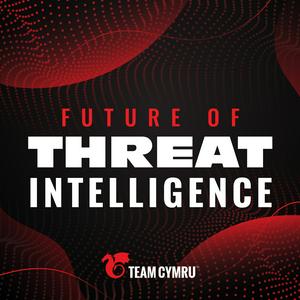Safebooks AI’s Ahikam Kaufman on Why CFOs Need Company-Specific AI Models for Fraud Detection
Unlike CISOs who work with consistent vulnerabilities across cloud environments, CFOs face company-specific financial processes that change constantly, making automation historically complex to solve before the AI era. Ahikam Kaufman, CEO & CFO of Safebooks AI, explains why machine learning is the only viable solution to detect sophisticated embezzlement schemes that regulatory compliance demands every public company address — with no materiality threshold.
His background building fraud prevention systems at Intuit and Check has taught him how graph technology can link seemingly unrelated financial transactions to expose coordinated internal fraud attempts that would be impossible for humans to catch at scale. The challenge is compounded by the fact that most finance staff are accountants, not technologists, requiring AI tools that bridge data complexity without demanding high technical skill levels.
Topics discussed:
Sarbanes-Oxley requires fraud protection programs with no materiality thresholds, yet most organizations lack systematic detection across payroll, vendor, and expense systems.
Financial fraud detection requires unique AI models for each company using historical data, unlike consistent threats across organizations.
Advanced fraud schemes link multiple transaction types requiring graph technology to connect disparate activities that individual monitoring would miss.
Fraudsters use AI for parallel attacks, fake invoices, vendor manipulation, and executive impersonation, requiring automated defense systems for real-time processing.
Achieving 99.9% accuracy through structured enterprise data and rule-based controls where financial precision is non-negotiable.
Financial AI platforms integrate with existing systems without replacements or workflow changes, providing immediate automation value.
Key Takeaways:
Implement AI-powered fraud detection systems that monitor vendor account changes, payroll additions, and journal entry anomalies.
Build company-specific AI models using 1-2 years of historical financial data to learn unique business processes, data structures, and transaction patterns.
Deploy graph technology to link related financial transactions across different systems to identify coordinated fraud attempts.
Establish partnerships between CFOs and CISOs to combine external cybersecurity threat detection with internal financial fraud monitoring.
Focus on AI platforms that integrate with existing financial technology stacks without requiring system replacements.
Create rule-based governance frameworks for financial AI systems to eliminate hallucinations and maintain accuracy levels.
Monitor AI-amplified fraud techniques, such as sophisticated fake invoices, manipulated vendor banking information, and executive impersonation.
Develop automated systems that can demonstrate reasonable effort for fraud prevention to satisfy regulatory requirements and insurance protections.
Listen to more episodes:
Apple
Spotify
YouTube
Website


